Oral
Evolving Perspectives on TBI: Insights One Year Post-CFM
ISMRM & ISMRT Annual Meeting & Exhibition • 10-15 May 2025 • Honolulu, Hawai'i

| 15:45 |
 |
0683. Impact
of subconcussive head acceleration on brain microstructure:
Longitudinal diffusion MRI findings and symptom correlation
C. J. Saludar, M. Tayebi, E. Kwon, J. McGeown, T.
Nepe-Apatu, P. Condron, L. Potter, S. Holdsworth, M. m.
Research Group, J. Fernandez, M. Scadeng, A. Wang, V. Shim
Auckland Bioengineering Institute,University of Auckland, Auckland City, New Zealand
Impact: Findings raise importance of integrating
neuroimaging in clinical tests of subconcussive head
acceleration to determine extent of alteration, design
removal from play to allow brain microstructure recovery,
and prevent long-term neurologic effects, neuropsychological
sequelae, and possible disability.
|
| 15:57 |
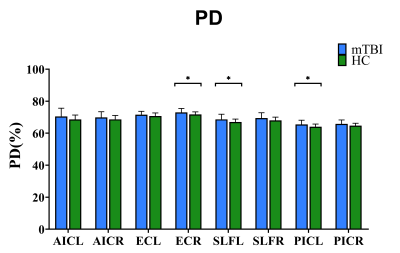 |
0684. Early
White Matter Changes in Mild Traumatic Brain Injury: Insights
from Synthetic MRI and Diffusion Tensor Imaging
G. Du, B. Ren, S. Wang, J. Zhao, L. Meng
Hebei Medical University Third Hospital, Shijiazhuang 050031, China, Shijiazhuang, China
Impact: This study demonstrates that SyMRI can detect
elevated T1 and PD values in mTBI patients within one week
of trauma, suggesting its potential use in early diagnosis
and intervention for mTBI.
|
| 16:09 |
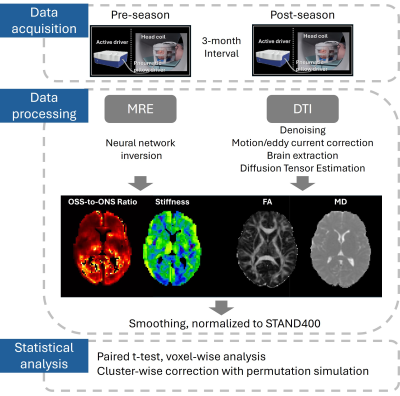 |
0685. Effect
of Contact Sports on the Adolescent Brain: A Pilot Study of a
Single Football Season Using MR Elastography and Diffusion
Tensor Imaging
X. Shan, M. Murphy, D. Soma, D. Christoffer, Y. Sui, K.
Zheng, E. Hojo, R. Reid, A. Manduca, R. Ehman, J. Huston
III, Z. Yin
Mayo Clinic, Rochester, United States
Impact: We observed increased brain stiffness without
significant microstructural changes after a football season.
These findings motivate further longitudinal studies to
understand the dynamic response of adolescent brains in
contact sports and emphasize the need for research into
long-term effects.
|
| 16:21 |
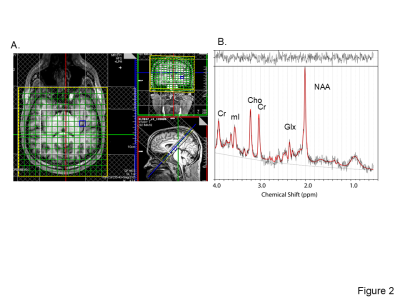 |
0686. Effect
of Low-Level Light Therapy on brain metabolite in Patients with
Moderate Traumatic Brain Injury
E-M Ratai, M. Wenke, N. Mercaldo, S-T Chan, M.
Figueiro-Longo, J. Welt, A. Avesta, J. Lee, M. Lev, B.
Parry, L. Drake, R. Anderson, T. Rauch, R. Diaz-Arrastia, M.
Hamblin, B. Vakoc, R. Gupta
Massachusetts General Hospital, Boston, United States
Impact: This longitudinal study suggests a
neuroprotective effect of acute administration of LLLT using
MRS on individuals with moderate TBI.
|
| 16:33 |
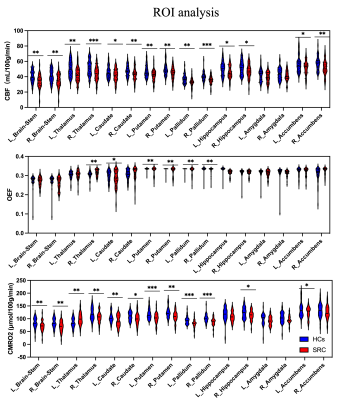 |
0687. Cerebral
blood flow, oxygen extraction fraction and cerebral metabolic
rate of oxygen consumption in active young boxers
W. Huang, J. Wang, W. Hu, Y. Xiong, J. Zhang
Lanzhou University Second Hospital, Lanzhou, China
Impact: Cerebral blood flow, oxygen extraction fraction
and cerebral metabolic rate of oxygen consumption were
significantly reduced in active young boxers, which not
associated with cognitive scores.
|
| 16:45 |
 |
0688. Assessing
Glymphatic Dysfunction in Traumatic Brain Injury Patients Using
Delayed T1 Mapping
J. Zhuo, L. Jiang, E. Rocksmith, P. Raghavan, R. L. Njonkou
Tchoquessi, S. Roys, L. Pan, T. Kober, G. Schwartzbauer, L.
Grattan, E. Wickwire, R. Gullapalli, Z. Wang, N. Badjatia
University of Maryland School of Medicine, Baltimore, United States
Impact: Intravenous T1 mapping provides a non-invasive
alternative to intrathecal gadolinium injection for
glymphatic system assessment. This method may help validate
other contrast-free glymphatic markers, facilitating broader
clinical research and improving non-invasive
neurodegenerative risk assessments in patients.
|
| 16:57 |
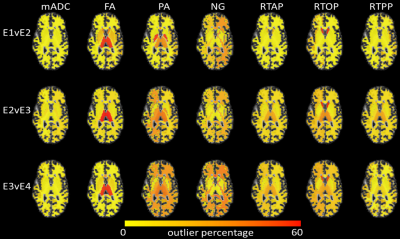 |
0689. Regional
Outlier Analysis of Longitudinal MAP-MRI Changes following Mild
Traumatic Brain Injury
M. Gangolli, P. Nadar, L. Marinelli, P. Basser, A. Avram
National Institutes of Health, Bethesda, United States
Impact: Longitudinal monitoring of changes in MAP-MRI
metrics may provide a more comprehensive means to study
pathological alterations that evolve at multiple timepoints
in mTBI, where current image-based biomarkers lack the
sensitivity and specificity to predict outcome.
|
| 17:09 |
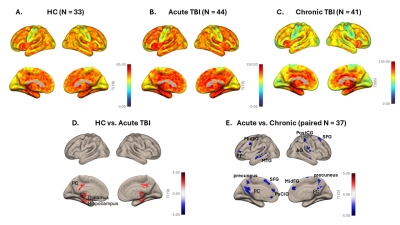 |
0690. Differences
in Brain Entropy and Cognitive Function Between Mild TBI
Patients and Healthy Controls: A Longitudinal Perspective
L. Jiang, Z. Wang, A. Furman, X. Liang, S. Roys, R. Njonkou
Tchoquessi, P. R. Raghavan, R. Gullapalli, J. Zhuo
University of Maryland Baltimore, Baltimore, United States
Impact: This study positions brain entropy (BEN) as a
potential biomarker for tracking recovery in mTBI. BEN’s
sensitivity to acute functional changes and its
normalization with cognitive improvement could enhance
diagnostic precision and inform therapeutic interventions in
mTBI management.
|
| 17:21 |
 |
0691. Assessing
Longitudinal Brain Changes in Mild Traumatic Brain Injury Using
a Rapid Quantitative Magnetization Transfer MRI
S. Chung, S. Flassbeck, A. Alivar, E. Marchetto, A. Mao, S.
Flanagan, J. Assländer, Y. Lui
New York University Grossman School of Medicine, New York, United States
Impact: Our demonstration of qMT imaging as a sensitive
measure for detecting subtle brain changes following MTBI
suggests its potential as a quantitative biomarker for brain
injury, which could improve diagnostic accuracy and guide
treatment strategies post-injury.
|
| 17:33 |
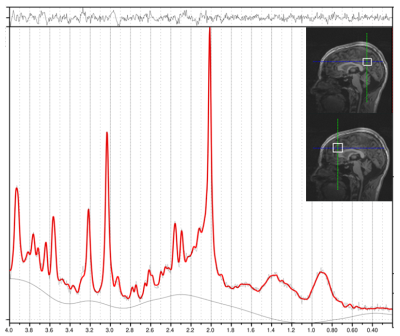 |
0692. Associations
between neurochemistry and quality-of-life symptoms following
sports-related concussion in adolescent athletes
V. Hatolkar, K. Breedlove, J. Wilson, M. Wingerson, K.
Smulligan, M. Kawaja, D. Howell, A. Lin
Brigham and Women's Hospital, Boston, United States
Impact: This study examines anterior and posterior
cingulate gyri neurochemistry using magnetic resonance
spectroscopy in sports-related concussed adolescents,
identifying associations with self-reported quality-of-life
ratings. These findings improve our understanding of
biochemical factors influencing recovery-related
quality-of-life after concussion, better protecting athlete
health.
|
The International Society for Magnetic Resonance in Medicine is accredited by the Accreditation Council for Continuing Medical Education to provide continuing medical education for physicians.